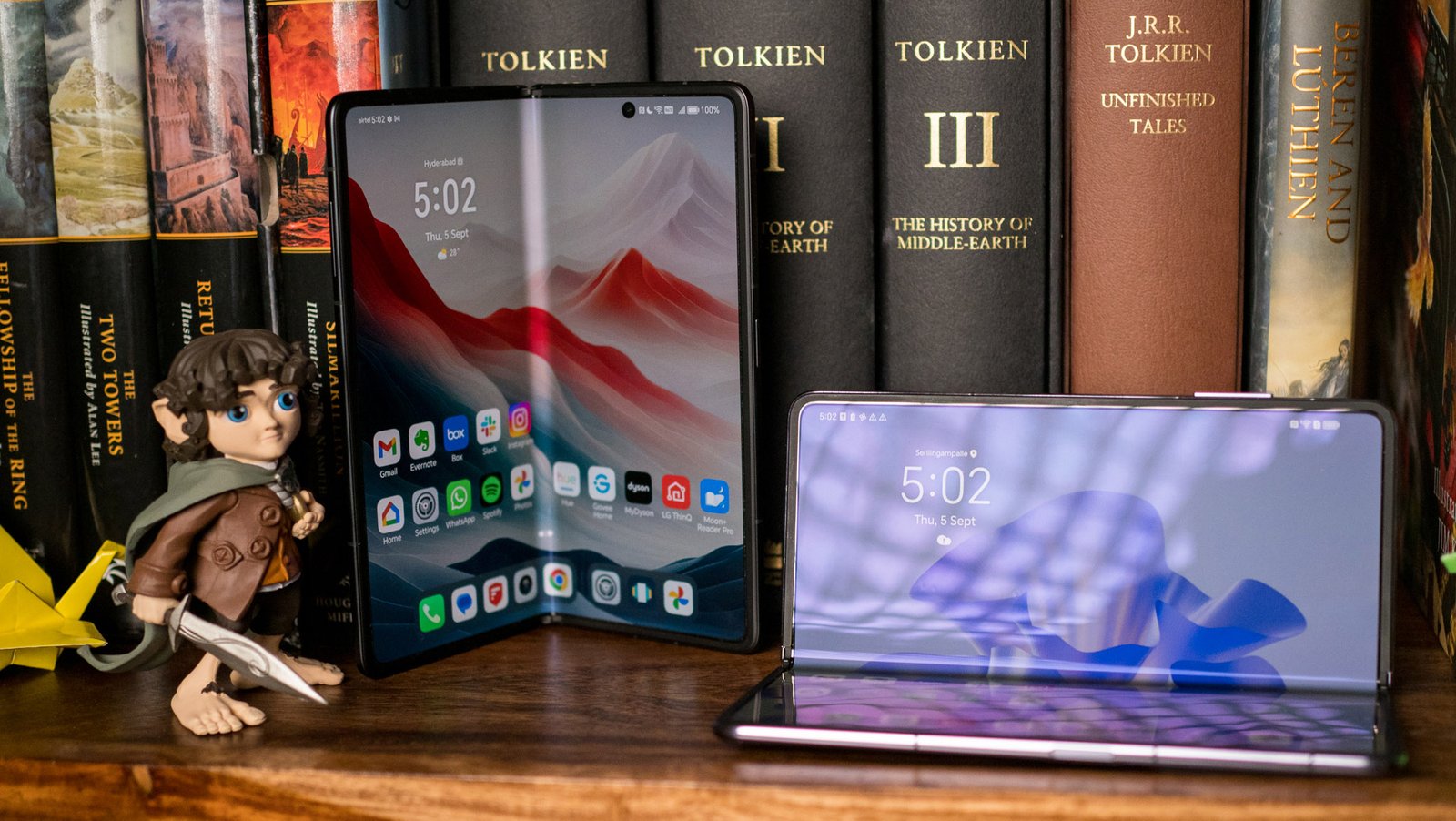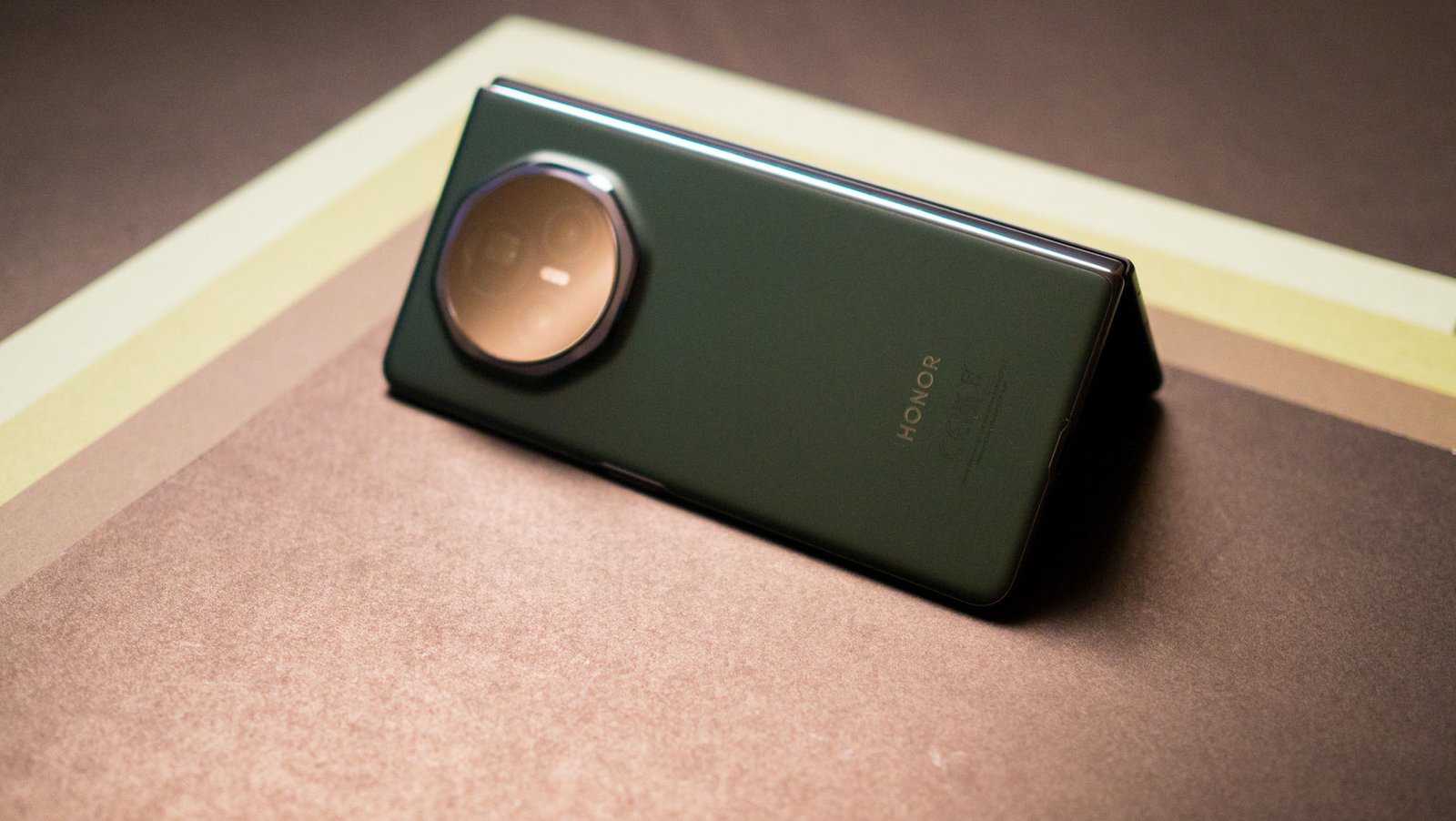Battery life is no longer a major issue with phones, and most phones I tested in 2024, including budget devices, were able to easily last a day. Foldables typically fall behind regular phones in battery life, but even on devices like the Honor Magic V3, I usually got a day’s worth of use.
Hardwired

In Hardwired, AC Senior Editor Harish Jonnalagadda delves into all things hardware, including phones, audio products, storage servers, and routers.
Exciting changes are coming to Android devices in 2025 that are expected to improve battery life significantly. Most of the flagship phones I used this year came with 5500mAh batteries, and I was able to get a day and a half out of phones like the OnePlus 12, Vivo X100 Pro, X100 Ultra, Find X7 Ultra, and the Magic 6 Pro.
With 2025 flagships, brands are increasing battery sizes up to 6000mAh. The OnePlus 13 and Vivo X200 Pro come with 6000mAh batteries, while the Magic 7 Pro features a 5850mAh unit, the Xiaomi 15 Pro boasts a massive 6100mAh cell, and the iQOO 13 goes up to 6150mAh.
What’s interesting about this shift is that even smaller devices are getting bigger batteries, with the Xiaomi 15 having a 5400mAh battery — up from 4610mAh on the Xiaomi 14 — the Find X8 getting a 5610mAh unit, and Vivo’s X200 Pro Mini having a 5700mAh cell.

The reason behind this upgrade is the switch to silicon-carbon battery technology. These batteries still use lithium-based cells, but with a silicon carbide anode.
Typically, lithium-ion batteries have lithium metal oxide as the cathode and graphite or another form of carbon as the anode. With silicon-carbon batteries, the cathode remains the same, but the anode consists of a blend of silicon and graphite, offering various benefits.
By incorporating silicon, these batteries have higher density and better resilience in extreme weather conditions. Honor demonstrated this well with the Magic 6 Pro, maintaining its charge even in -20 degrees Celsius.
With the higher density of silicon-based anodes, phones can have significantly larger batteries without any noticeable increase in size or weight. The OnePlus 13, for example, features a 6000mAh battery — 600mAh more than the OnePlus 12 — but is thinner and 7g lighter. This trend is common among 2025 flagships utilizing silicon-carbon battery technology.
Aside from the advantages in density and performance in extreme weather, silicon-carbon batteries are expected to have better durability, potentially reducing noticeable battery degradation even after prolonged use.

This transition has also led to a change in battery construction; most phones currently use a double-cell structure for quick charging, but due to increased density, silicon-carbon batteries are made with a single cell, resulting in slower charging speeds.
The OnePlus 13, for example, is quoted to take 36 minutes to charge to 100%, compared to the OnePlus 12 which could do the same in 26 minutes. Although the OnePlus 13 has a larger battery, it takes longer to charge, showcasing a difference from previous models. Nevertheless, the slight increase in charging time is easily offset by the other improvements.
While this technology is now being adopted by other manufacturers, Honor has been utilizing it effectively for two years. The China-exclusive Magic 5 Pro, Magic 6 Pro, Magic V2, and Magic V3 all incorporate a silicon-based anode to provide better density and efficiency.
It’s encouraging to see other Chinese manufacturers incorporating this technology into their devices, and it will be intriguing to see if it expands to mid-range devices throughout 2025. Coupled with the enhancements offered by the Snapdragon 8 Elite and MediaTek Dimensity 9400, 2025 could be a fantastic year for phone upgrades.
However, not all manufacturers are embracing this change. Samsung is unlikely to adopt the battery technology for the Galaxy S25 series, and Apple or Google are also not expected to make the switch. These brands tend to lag in battery innovation, so if you want the latest battery technology, you may need to opt for a Chinese brand.
